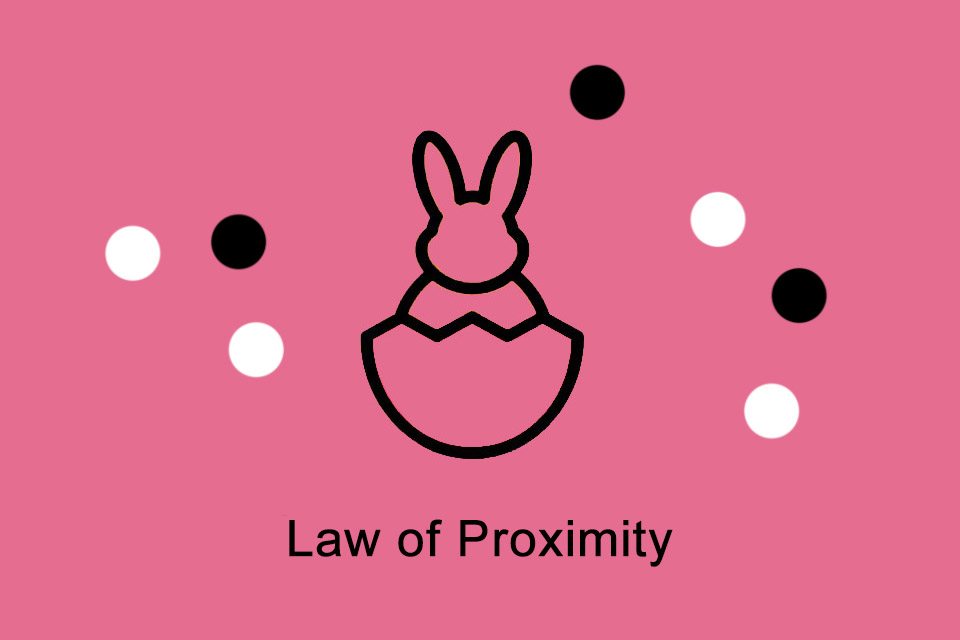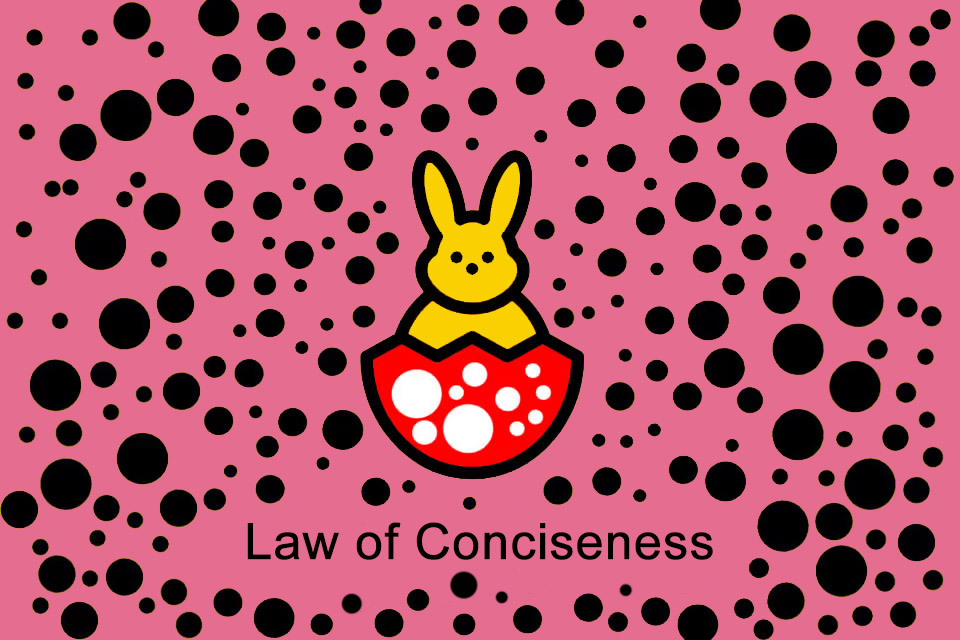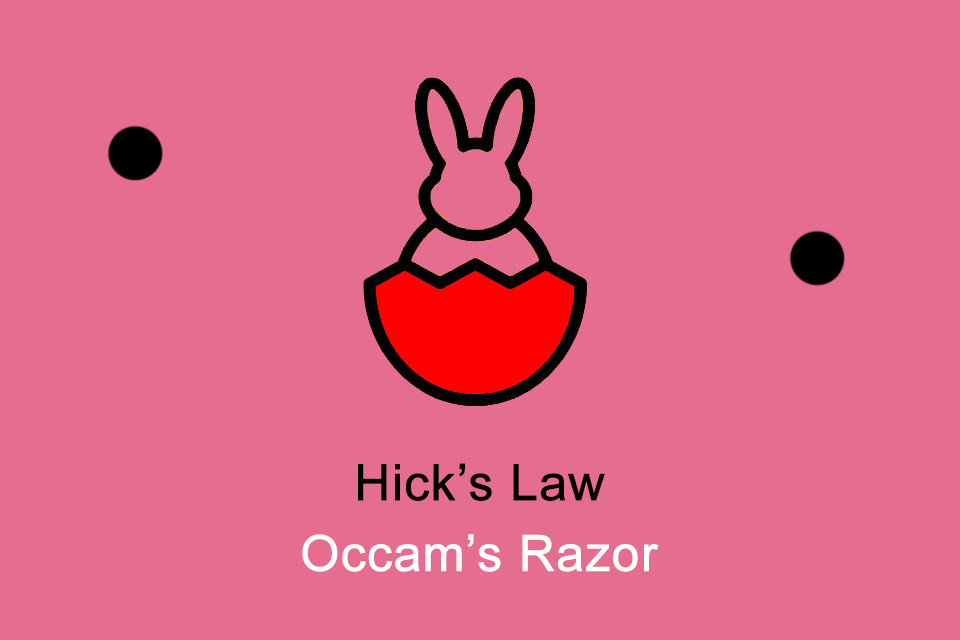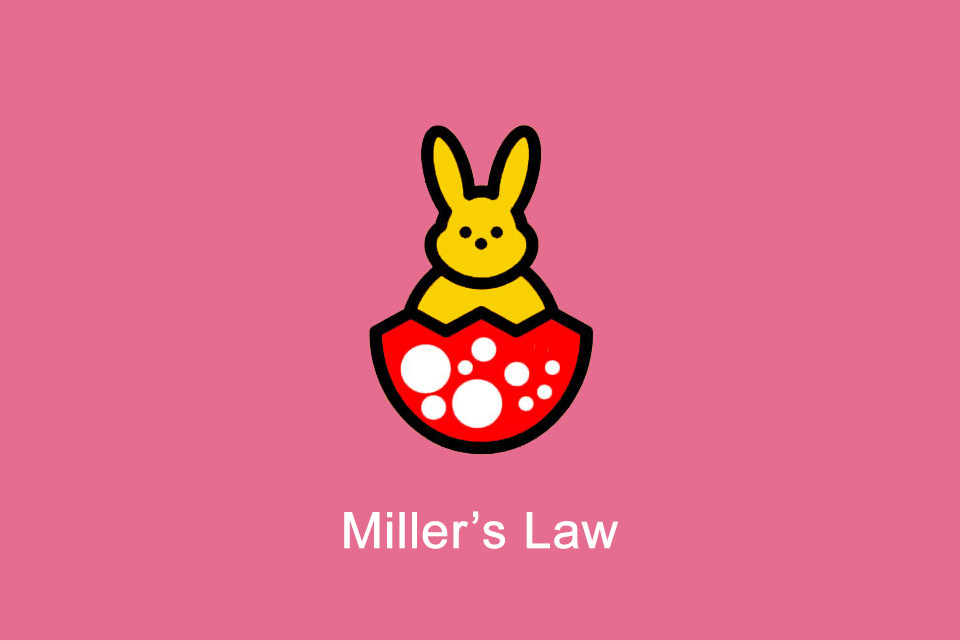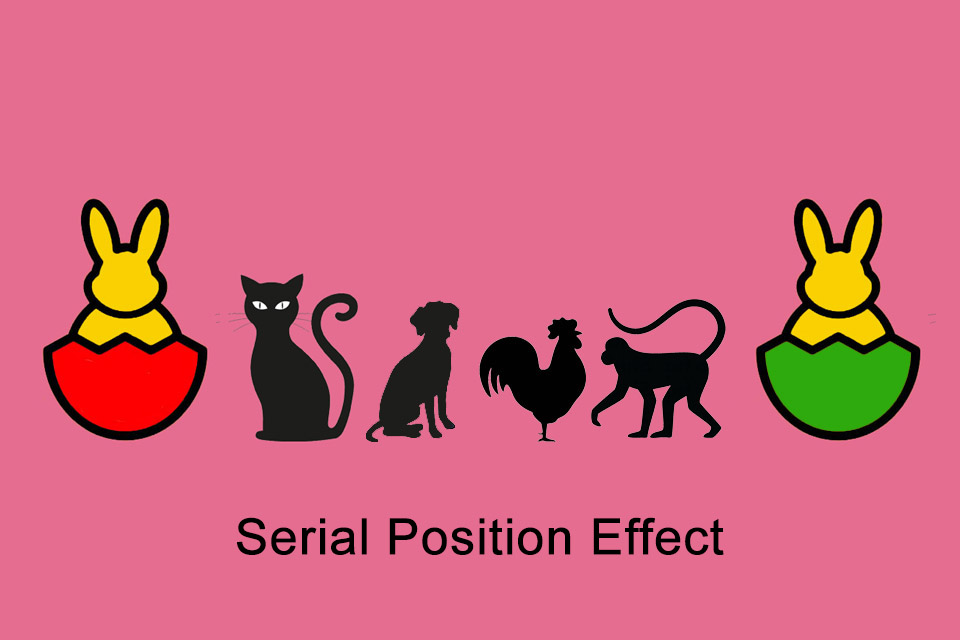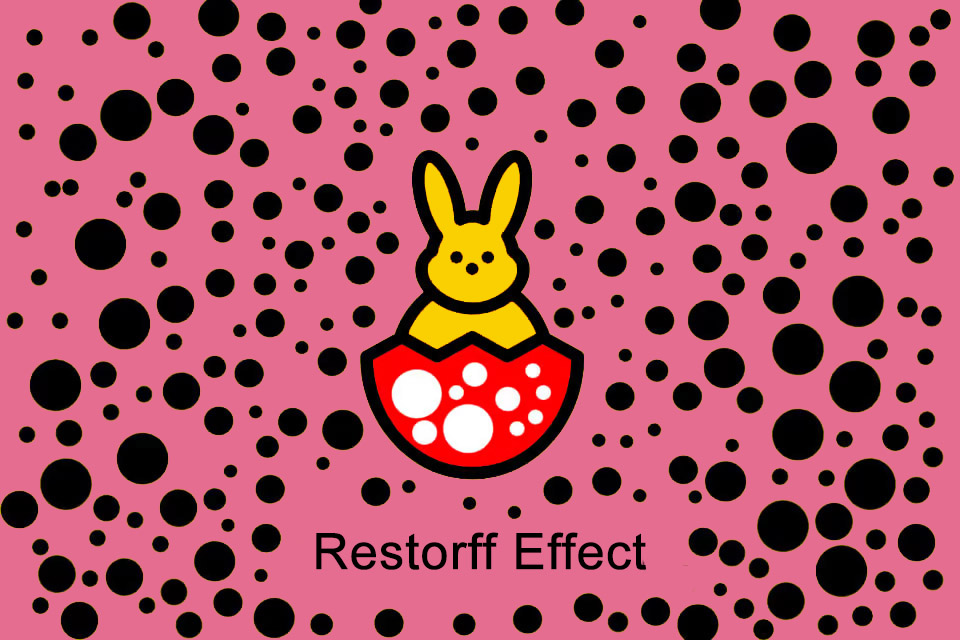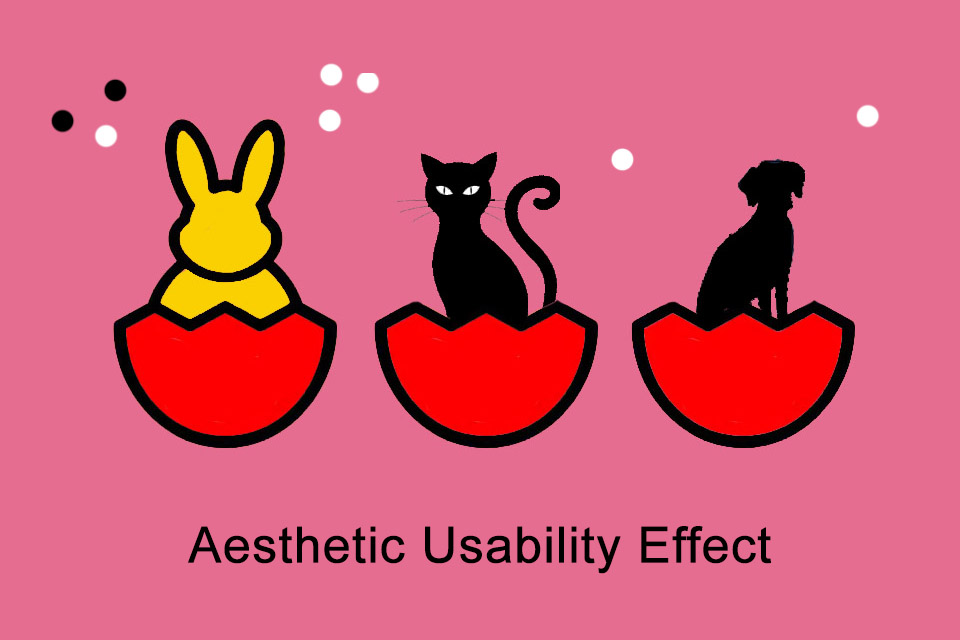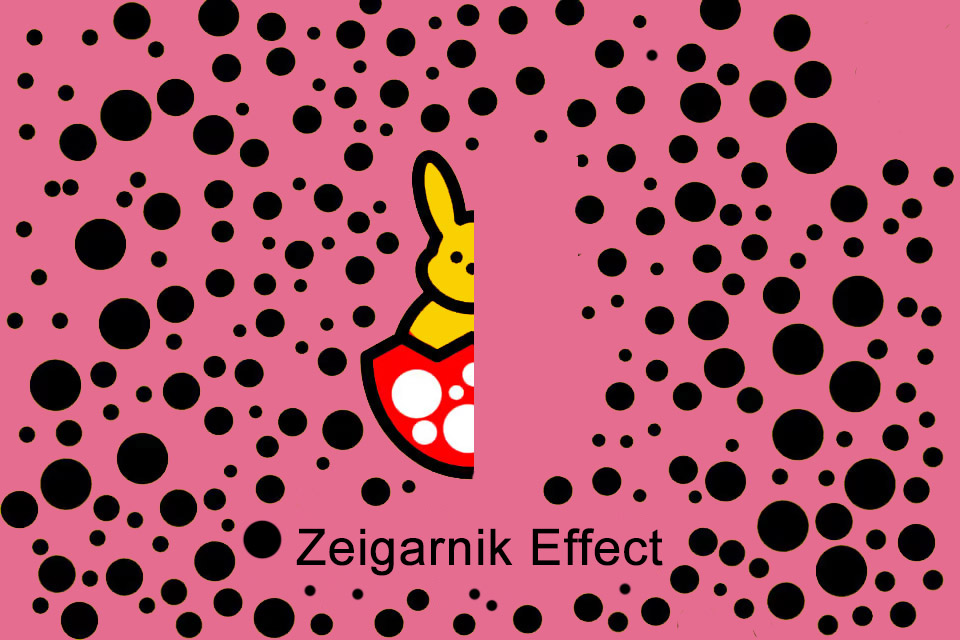Design meets Easter Bunny
Yayoi Kusama’s fascination with design principles and the Easter Bunny
Yayoi Kusama is one of the most influential and fascinating artists of the 20th and 21st centuries. Born in Matsumoto, Japan, in 1929, the artist is known for her diverse forms of artistic expression, in particular for her dot patterns or polka dots. These convey a playful lightness and are often interpreted as a symbol of infinity and the connection between man and the universe.
Less well known, but no less fascinating, is the artist’s affinity with the Easter Bunny. Although the Easter bunny is traditionally associated with cheerfulness, new beginnings and spring, Kusama has integrated this iconic figure into her work in her own unique way. By using the Easter bunny as a motif in some of her works, she creates a link between festive symbols and her own artistic vision. Interestingly, she follows basic design principles that, beyond art, also help in the design of products, websites, user interfaces and other visual elements. They serve as guidelines and integrate aesthetic standards, functionality and, in a figurative sense, user-friendliness.
The design laws of proximity, unity and conciseness
The subconscious perception and impact of design principles play a crucial role in the way people process and respond to visual content. Although many aspects of design are perceived consciously, design principles often also influence the subconscious and can have subtle yet significant effects.
Let’s start by taking a look at various “laws” that Yayoi Kusama takes into account in her work:
The Law of Proximity states that elements that are spatially closer to each other are perceived as belonging together. Visual aids such as shared borders or single-colour backgrounds promote this effect. Here you can see the simplest application of the law – the Easter bunny emerges from the monochrome background into the foreground through the border without varying its own colour. At the same time, the high-contrast polka dots in the pink space convey a sense of free-flowing activity without any recognisable order or proximity:
The Law of Unity – also known as the law of closed form – states that people perceive simple and familiar shapes more quickly than complicated and unfamiliar shapes. It is remarkable that the human brain automatically fills in missing lines and connections in familiar shapes with imaginary lines and connections. Interestingly, the law works here in the direction of the Easter Bunny and Easter egg – you may only notice at second glance that the eggshell is incomplete – although the rising and setting sun are also familiar design forms.
The Law of Conciseness¹ states that elements can be emphasised through concise design – in colour, shape, size, etc. An appropriately emphasised element cuts a fine figure, so to speak. Unsurprisingly, the single Easter Bunny in this work appears more concise than the infinite number of repeating black polka dots. On closer inspection, however, the white dot patterns also stand out positively from the black dots. Amazing, isn’t it?
- Hick’s Law – also known as Hick-Hyman Law – goes back to William Edmund Hick, who documented the relationship between reaction time and the number of choices in 1952.
- Occam’s Razor addresses the economy of elements and pursues the goal of omitting as many elements as possible without restricting the overall functionality.
Applied to the world of design, this leads Yayoi Kusama to simplify motifs, break down complicated representations into smaller elements and visually emphasise preferred options (here: the Easter egg). Interestingly, in this picture she does not take austerity to extremes, but maintains a symmetrical balance with two simple dots, which contributes to the balance of the work.
Reducing and emphasising options while at the same time economising on elements leads straight to Miller’s Law. George A. Miller discovered in 1956 that the average person can only recognise or remember 7 (give or take 2) elements. It is therefore advisable to group elements, but to place a maximum of 5 – 9 elements in the groups. And of course Yayoi Kusama easily puts this into practice with her grouped white polka dots.
The design effects of Zeigarnik, Restorff & co.
In addition to the “laws” among the design principles, there are also various effects. These effects can also be found in many Easter bunny images. The Serial Position Effect, for example, explains that people tend to remember the first and last elements of a series best. Unsurprisingly, Yayoi Kusama utilises this effect with virtuosity:
The Restorff Effect² states that when faced with several similar objects, people remember the one that is most different from the others. It is not for nothing that art lovers call it the isolation effect. And of course, most people can remember the Easter bunny in this picture much better than the third dot from the left.
The Aesthetic Usability Effect describes the fact that people perceive more aesthetic designs as much more intuitive than less aesthetic designs and therefore believe that a product actually works better when using it. It is therefore obvious that the Easter Bunny is best at handling Easter eggs.
Last but not least, let’s take a look at the Zeigarnik Effect. It expresses the fact that people remember interrupted, unfinished tasks better than completed, finished tasks. Although Yayoi Kusama refrains from using progress bars to indicate incompletely completed tasks, as is common practice when installing software or answering online questionnaires, it is nevertheless clearly recognisable in this work that it is not yet “finished”; this also brings us full circle to the law of conciseness – the central, unfinished motif of the Easter Bunny in the centre draws the eye, while the obviously missing polka dots in the top right-hand corner are almost forgotten. This is also a reference to Kusama’s perpetual dialogue with infinity.
Conclusion
The depiction of the Easter Bunny in Kusama’s art can be interpreted as an expression of her playful and humorous side, which often contrasts with the profound themes she explores. It is a reminder that art need not only be serious, but also offers room for joy and playfulness. At the same time, it is an appeal to adhere to the basic principles of design: Hierarchy and proportion, repetition and symmetry of elements.
Thank you, Yayoi Kusama!
Notes:
[1] [2] Design principles such as the Law of Conciseness and the Restorff effect often have large overlaps, address similar aspects in different ways or complement each other.
Do you already know “Easter Bunny. Dot. Dot. Dot.” by Yayoi Kusama? You can find the work in “Art meets Easter Bunny”.
All the information and works in this article at best skim along the lines of a surreal art history. If you want to find out about art and the history of its representatives, you should urgently seek out other sources. In reality and in the present, I wish you, your families and friends a happy Easter.
If you want to find out more about these and other design principles and a person’s perceptions and reactions when using a product, system or service, it’s worth taking a look at our Smartpedia page on user experience.
If you like the article or would like to discuss it, please feel free to share it in your network.
You can find more articles about art, Easter Bunnies and creativity on the t2informatik Blog:

Michael Schenkel
Head of Marketing, t2informatik GmbH
Michael Schenkel has a heart for marketing - so it is fitting that he is responsible for marketing at t2informatik. He likes to blog, likes a change of perspective and tries to offer useful information - e.g. here in the blog - at a time when there is a lot of talk about people's decreasing attention span. If you feel like it, arrange to meet him for a coffee and a piece of cake; he will certainly look forward to it!
